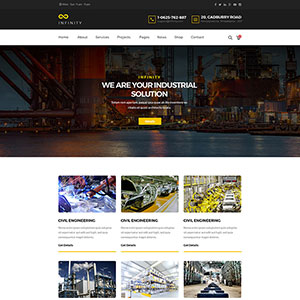I have written about intermodal transportation several times over the years that I have been preparing this blog. I became a big fan of intermodalism during the 90’s when I ran Canada’s largest IMC (Intermodal Marketing Company). Each time I wrote a blog on this topic, I felt that the service was on the brink of making a major breakthrough in customer acceptance and market penetration. While intermodal activity has shown steady growth over the past 10 to 15 years, this mode of transport is still viewed as a niche market by some folks or a slow and unreliable mode by others.
These attitudes and perceptions appear to be changing. Mark Yeager, Vice Chairman, President and CEO of the Hub Group, one of North America’s largest intermodal operators, has labeled 2012 a “transformational” year for Intermodal transportation. A year is a short period of time. My own belief is that by the end of the decade, intermodal service will reach significantly higher levels of market acceptance. Here’s why.
Rails have made and are continuing to make major Investments in Infrastructure
The six class 1 railways in North America have all made significant investments in their intermodal operations. As examples, Norfolk Southern’s 1400 mile Crescent Corridor and its Heartland Corridor and CSX’s National Gateway (that is one third complete and will be fully operational in 2015) are just three examples of the major investments being made by two railways to allow taller trains carrying more cargo to move through the east coast of America. The rails are better equipped to handle more intermodal traffic than ever before.
The Service in better
According to Joshua Dolan, Director of Global Logistics and Customs Compliance at Pep Boys, who spoke at the recent SMC3 winter conference, intermodal rail service has proved reliable and more predictable than the over-the-road market in a post-recession era of tight truck capacity. Over a six month period, Mr. Dolan converted all of his traffic over 1,000 miles to “Express Rail”. He also mentioned during his presentation in Atlanta that Express Rail service was also being used by his company on distances down to 500 miles.
When I first entered the intermodal business, the service was competitive with truck on distances of 1500 miles and above. The combination of infrastructure improvements and improved service on shorter lengths of haul are opening up markets that were previously unattainable to IMC’s and trucking companies using intermodal service.
Tight Truck Capacity and Cost Savings
With truck capacity still tight and with truck rates on the rise, intermodal can offer shippers a savings of 10 to 20 percent. Depending on the date shipped, intermodal transit times can be comparable to truck or one or two days longer.
Increasing interest from Truckers
JB Hunt was the first major trucking company to fully embrace intermodal service back in 1989. Intermodal traffic now accounts for 60 percent of their $728.8 million in revenue. Schneider National signed agreements with CSX and BNSF in 2008 and intermodal revenues now account for one third of their $3.7 billion in revenue. US Express is Pep Boys’ key partner on its Express Rail service.
The LTL and small parcel segments of the trucking industry are also becoming increasingly large supporters of intermodal. UPS has designated trains running on the rail networks and is one of the rails’ largest customers. FedEx is now moving 10 percent of its volume via rail.
Shipper Perceptions are changing
For many years, intermodal was perceived as a slow and unreliable mode of transportation. It was the mode selected when service was not a critical issue but cost was. As truckload carriers target more short haul regional markets, this places most intermodal transit times in the range of “truckload plus one day” according to Steve van Kirk, Vice President of Intermodal Commercial Management at Schneider National. Mr. Van Kirk’s objective is to make intermodal “truly seem like trucking service.” In other words, the issue will no longer become mode but transit time requirements. As shippers shift their focus to transit times and not to mode, this should allow intermodal transportation to achieve breakthrough levels in revenue.
With so many stars in alignment, this looks like a “transformational” decade for intermodal transportation.



















